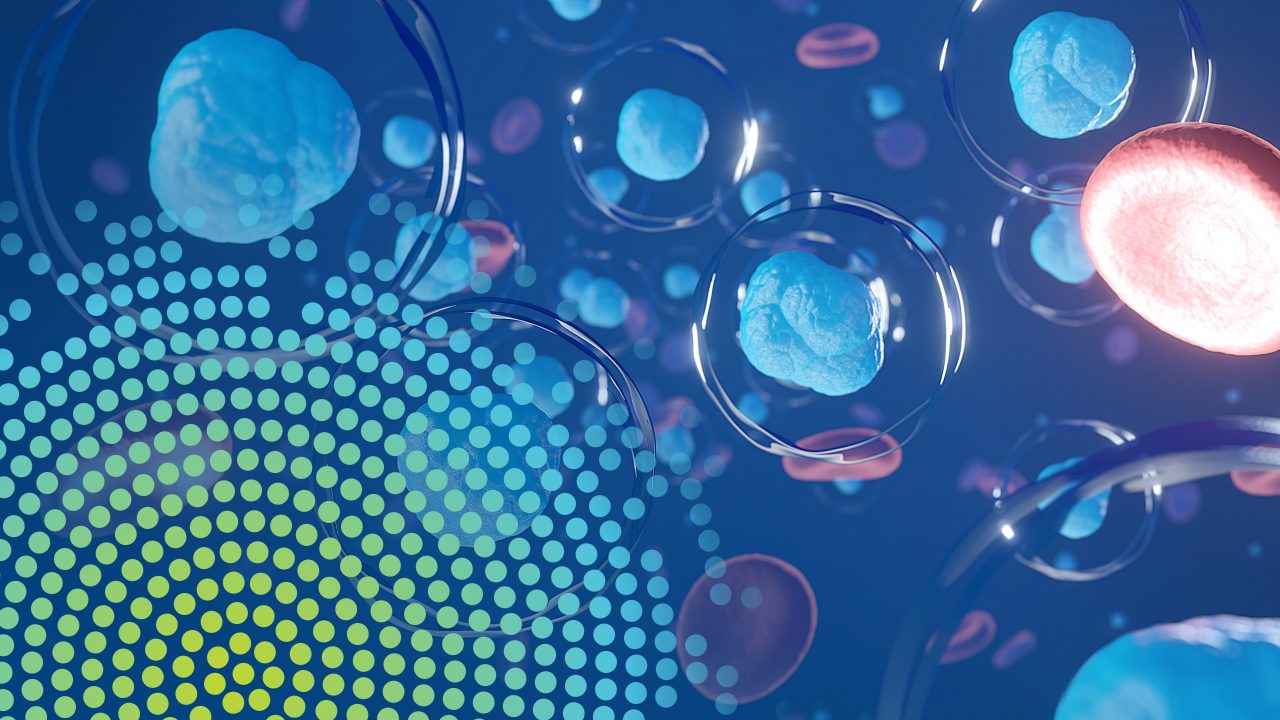Solving the Endotoxin Detection Challenge for Difficult Samples
⏱Read time: 4 minutes
In the pharmaceutical industry, customers dealing with challenging products, particularly those in the cell and gene therapy (C>) sector, confront unique hurdles when it comes to ensuring product safety. This article explores the unique challenges faced by customers in endotoxin testing and introduces our innovative solutions to address these challenges.
Understanding Inhibition/Enhancement Definition
Imagine a scenario where endotoxins, the potential contaminants in your products, are like a constantly shifting puzzle. Sometimes they hide, making them difficult to detect (inhibition), and other times they appear larger than they are, leading to overestimation (enhancement). This variability is often due to the aggregation of endotoxin molecules, which can affect their biological activity. Historically, vortexing has been used to “right-size” endotoxin aggregates for uniform detection.
Introducing ENDOLISA
For customers working with challenging samples, particularly those in C>, we have engineered ENDOLISA. It is a black (fluorescent) 96-well plate coated with bacteriophage recombinant proteins specific (in nature) to Gram-negative bacteria. Paired with a set of reagents (rFC, wash buffer, and binding buffer), it functions much like an ELISA test (thus the name), effectively binding and purging interfering substances, enabling highly sensitive testing even at very low product dilutions.
Figure 1 below demonstrates ENDOLISA’s exceptional ability to overcome interferences in common solutions, including buffers/pH, salts, chaotropic agents, solvents, detergents, chelators, protease inhibitors, and antibiotics. It showcases substantial improvements compared to conventional LAL testing, in some cases achieving up to 1000X the sensitivity achieved using LAL, (e.g., Benzamidine).

Figure 1. Overcoming common interference properties in Limulus testing using ENDOLISA. See: Grallert, H., Leopoldseder, S., Schuett, M. et al. EndoLISA®: a novel and reliable method for endotoxin detection. Nat Methods 8, iii–v (2011). https://doi.org/10.1038/nmeth.f.350
Cell & Gene Therapy Examples Using ENDOLISA
Let's examine a real-world illustration of the great utility of ENDOLISA. When testing samples related to cell and gene therapy (C>) or similarly intricate products, ENDOLISA emerges as an invaluable tool in overcoming common interferences. An example of C> therapy recovery achieved (at very low dilutions) using ENDOLISA is shown below in Table 1 for CAR-T type and T-cell samples.
A “hard spike” recovery of added CSE (labeled A in Table 1) is also shown as a check that real endotoxin can be detected (labeled H in Table 1) in samples that do not contain endotoxin as a validation precaution. The “hard spike” is added to the sample, not added to the plate as a PPC. WEF is endotoxin free water. For Car-T samples both the PPCs and Hard spike recoveries show a very tight recovery (all sample results are close to one another). The T-cell recoveries are a bit lower, but all are within the acceptable range and also show good accuracy and precision.

Table 1. Good recoveries for Car-T and T-cell products at very low dilutions using ENDOLISA.
ENDOLISA is a sophisticated testing method that may seem intimidating to implement at first, but the benefits it offers far outweigh any initial doubts or concerns. With the Integra® Assist Plus automate, the process becomes simpler, eliminating the need for manual washing of ENDOLISA (Figure 2). This not only streamlines the testing procedure but also ensures greater precision and efficiency.

Figure 3 below shows the steps that are streamlined using the Integra® Assist Plus as compared to testing without the robot.

Figure 3. The steps in dark green are most efficient when using robotic automation, which saves time and ensures optimal performance.
In conclusion, the journey of endotoxin testing for customers working with complex and difficult products like in the cell and gene therapy industry presents formidable challenges. As customers in this field, you face unique challenges, but with solutions like ENDOLISA the path to reliable endotoxin detection becomes more attainable. Our commitment is to make your journey towards product safety as smooth as possible, ensuring that your therapies are not only groundbreaking but also safe for patients.
Discover Additional rFC Endotoxin Resources
References:
(1). Chen J, Vinther A. Low endotoxin recovery in common biologics products. Presented at the PDA Annual Meeting, Orlando, FL. April 15-17, 2013.



